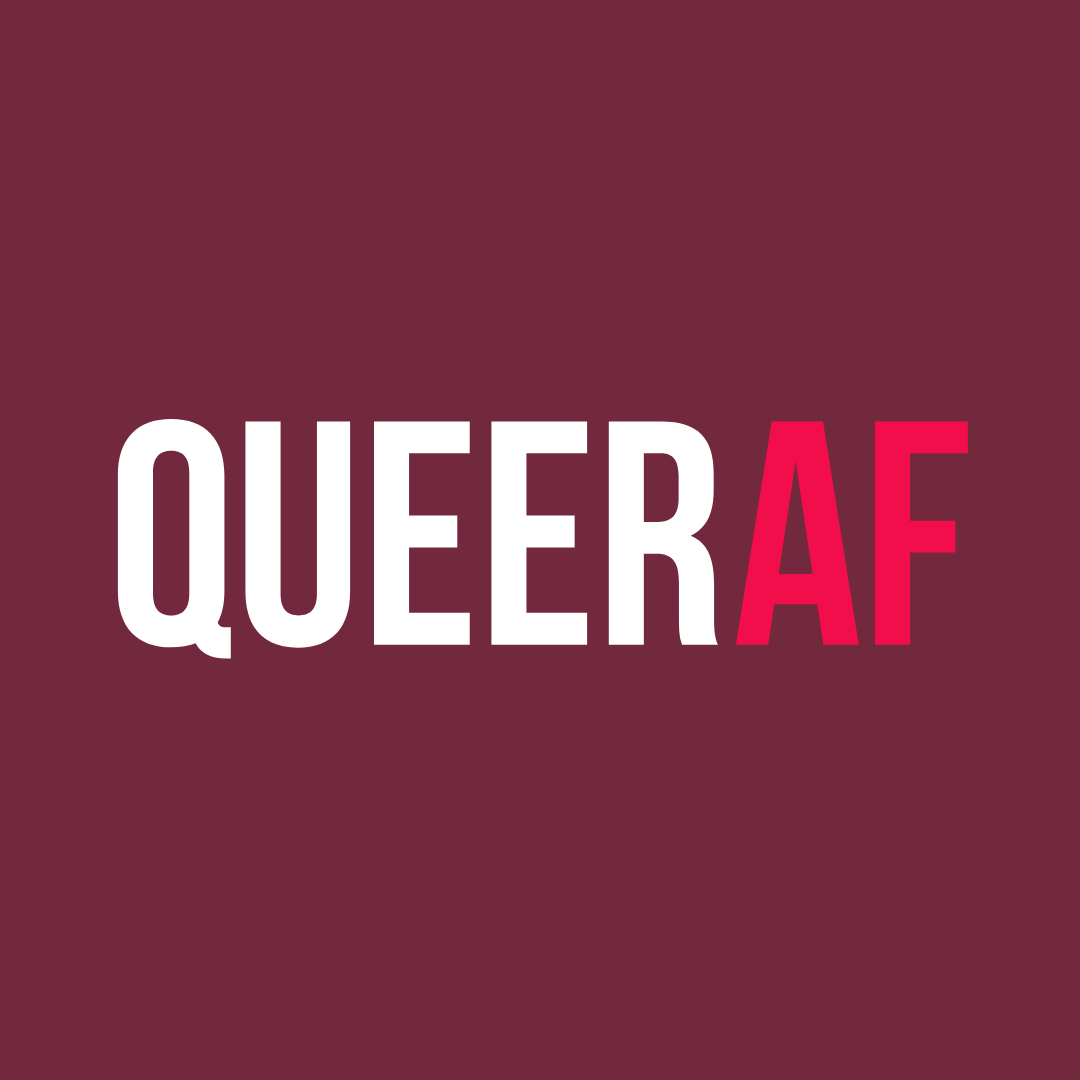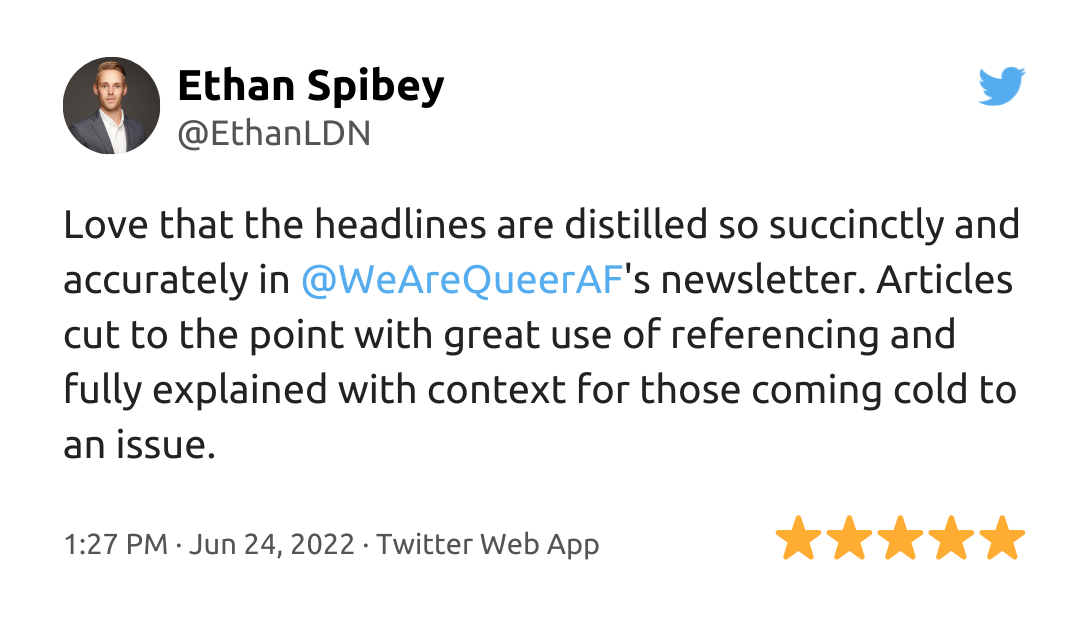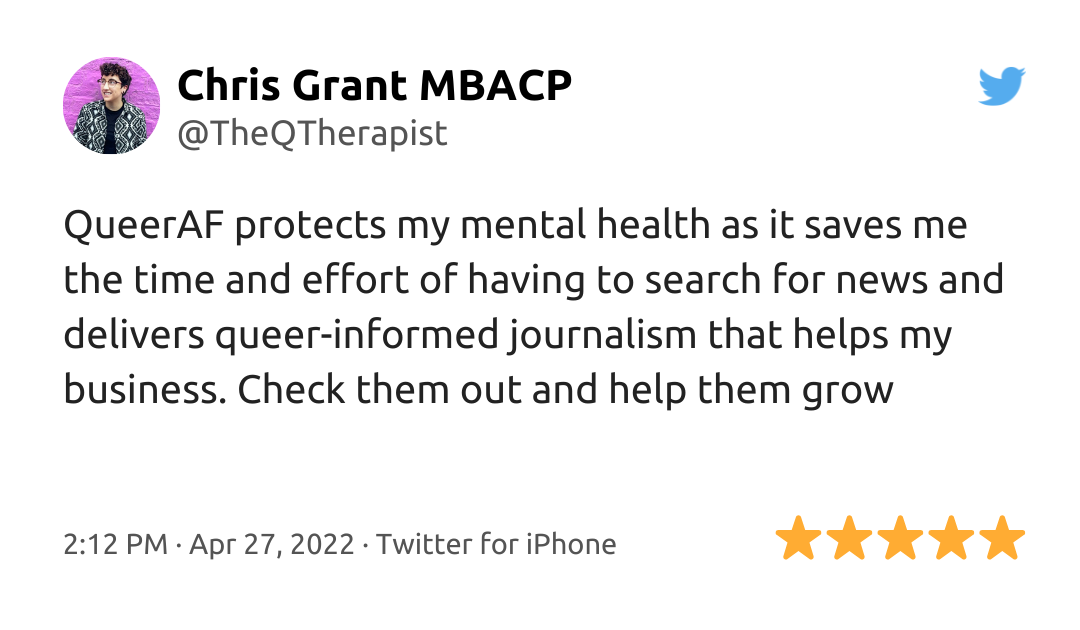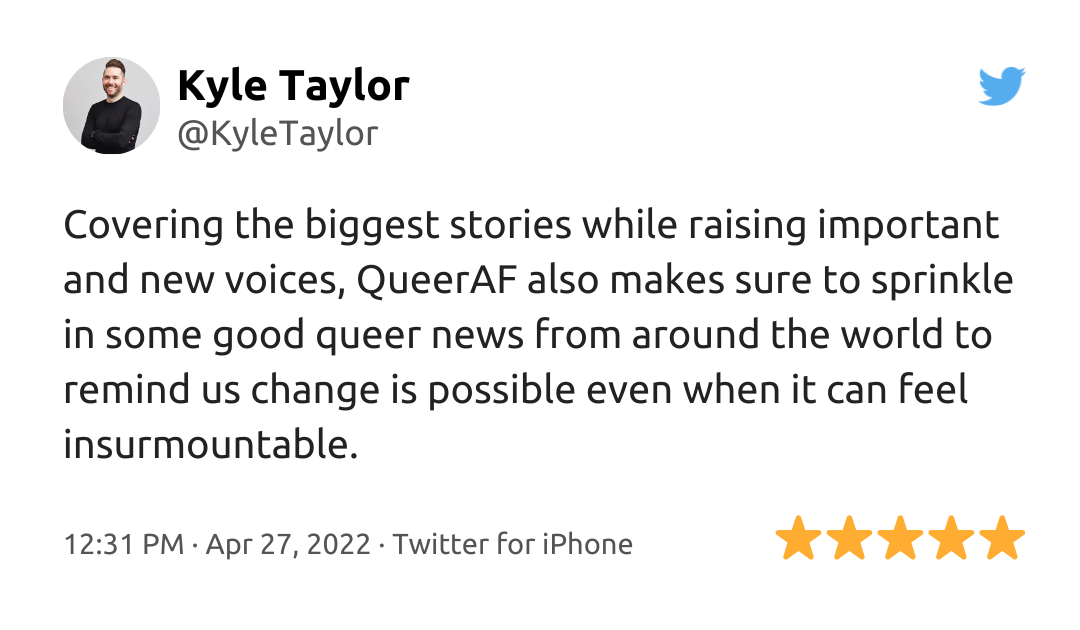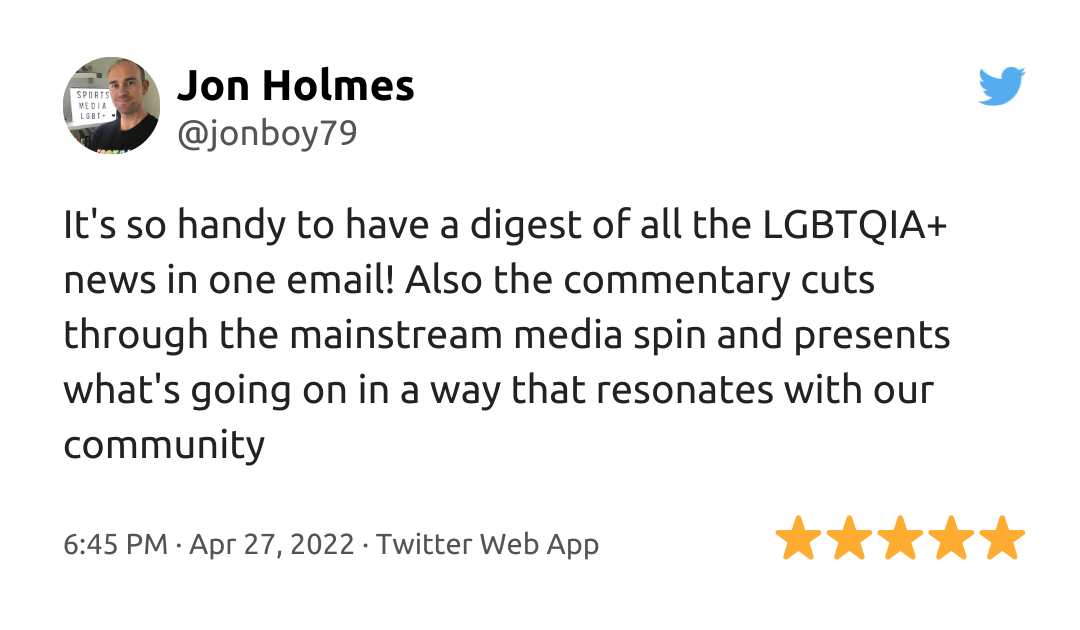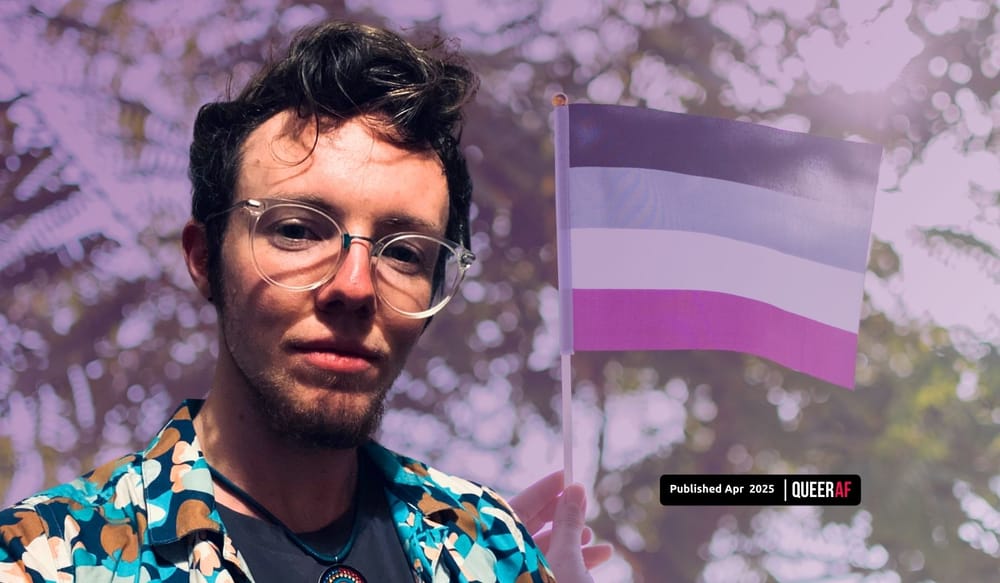
While celebrating my grandfather’s 60th birthday, I had my first tonic-clonic seizure.
Unbeknownst to me, this would be the beginning of a long and fluctuating road with my epilepsy - and my gender identity.
Growing up managing all of this, I realised the role models around me didn’t make me feel any more visible.
Rather, I saw the media portray an idea of single issue lives: you could be disabled or transgender, but couldn’t be both. I’d frequently see figures such as Laverne Cox or Warwick Davis, but I struggled to find representation of people like me.
The erasure of intersectionality for disabled people is pervasive, and it’s important we question these held beliefs and come together as a community. Ideas like this place all of us inside a box and say ‘that’s what you are’, rather than allowing for self-determination.
Having discretion as a disabled person is our way of resisting disability discrimination. Allowing ourselves to make choices over our own personhood as we counter the historic trauma that came before.
Learning about disabled trans figures throughout history suddenly made me feel less lonely. Now I had others to relate to.
But it seemed their stories were not as well known as other disabled or transgender names. This presented me with further frustrations: why are we being kept behind closed doors?
That frustration drove me forwards. I realised we have been here all along - and we have to smash down the door that’s been closed to us.
To do this, we must first ensure that the LGBTQIA+ community is aware of intersections.
We should go further to shout about our own lived experiences, to educate and push for the inclusion of disabled queers.
For me this has been a gradual and ever-changing process. We can’t allow society - and people within our own community - to place us into boxes.
Slowly but surely, I’ve found a few spaces that welcome me. Getting involved with charities, like Young Epilepsy’s Youth Voice and LGBT+ young people’s charity Just Like Us, has shown me that these communities do exist.
We know as a community just how much our mental well being can suffer in a cisheteronormative society.
The LGBTQIA+ community must be open to championing all intersecting identities, rather than falling victim to capitalist self-preservation ideals.
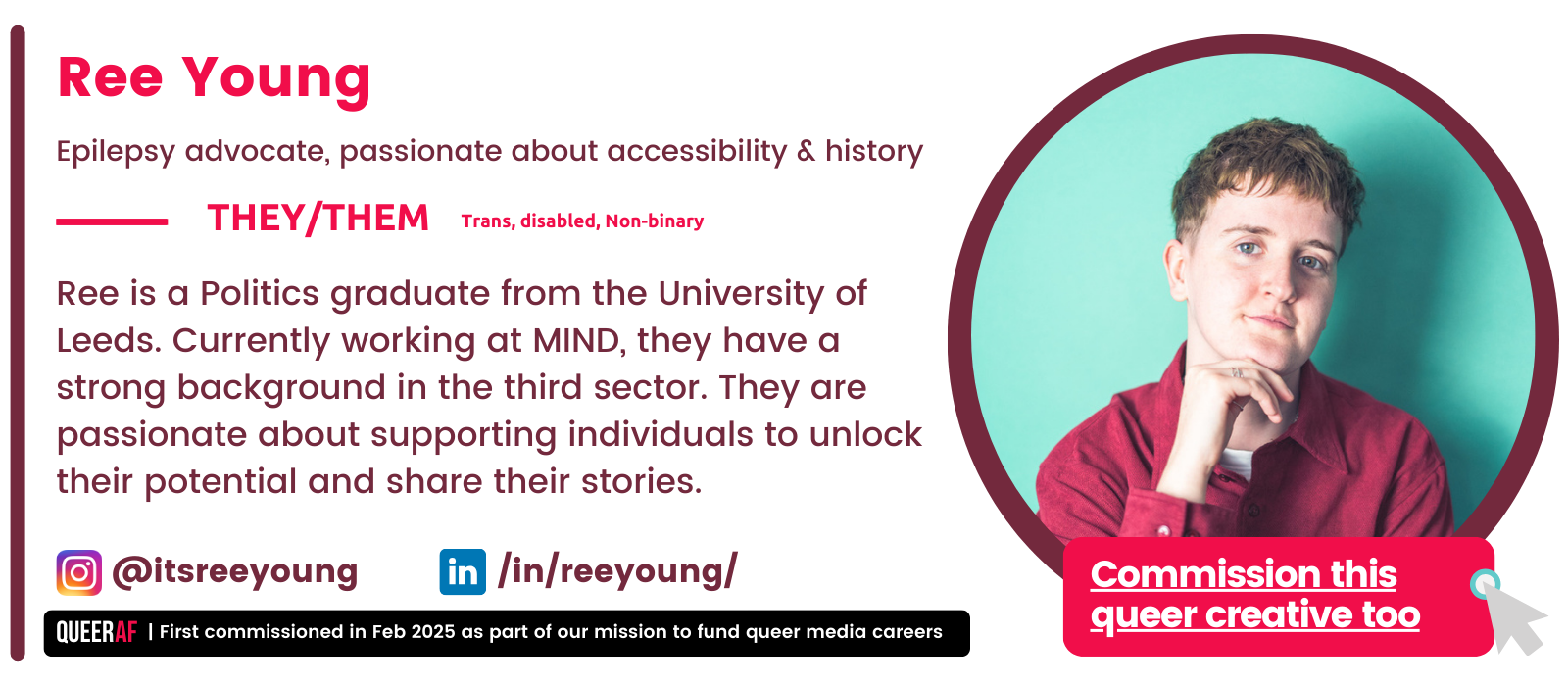
Help us invest in more marginalised queer creatives
February 2025 marks our third birthday - and whether you're new, or a long time supporter I need you to know we're at a critical juncture.
QueerAF, the UK’s beloved and biggest queer newsletter and largest advocate of queer creatives, needs your help to stay strong, thriving and fighting for you.
This weekend, we're launching our annual LGBT+ History Month crowdfunder. This year's appeal is integral to our future.
In an age of Trump and Musk trying to take away our liberties and filter our content, we need your help to cut through the noise.
We’ve also been hit by business tax rises, inflation and increasing costs. Your support will help us continue providing a vital service for the LGBTQIA+ community.
Information is a tool for liberation, and it shouldn’t be a luxury, so this crowdfunder will keep QueerAF’s newsletter free for everyone as well as allowing us to invest in marginalised creatives and critical investigative journalism.



